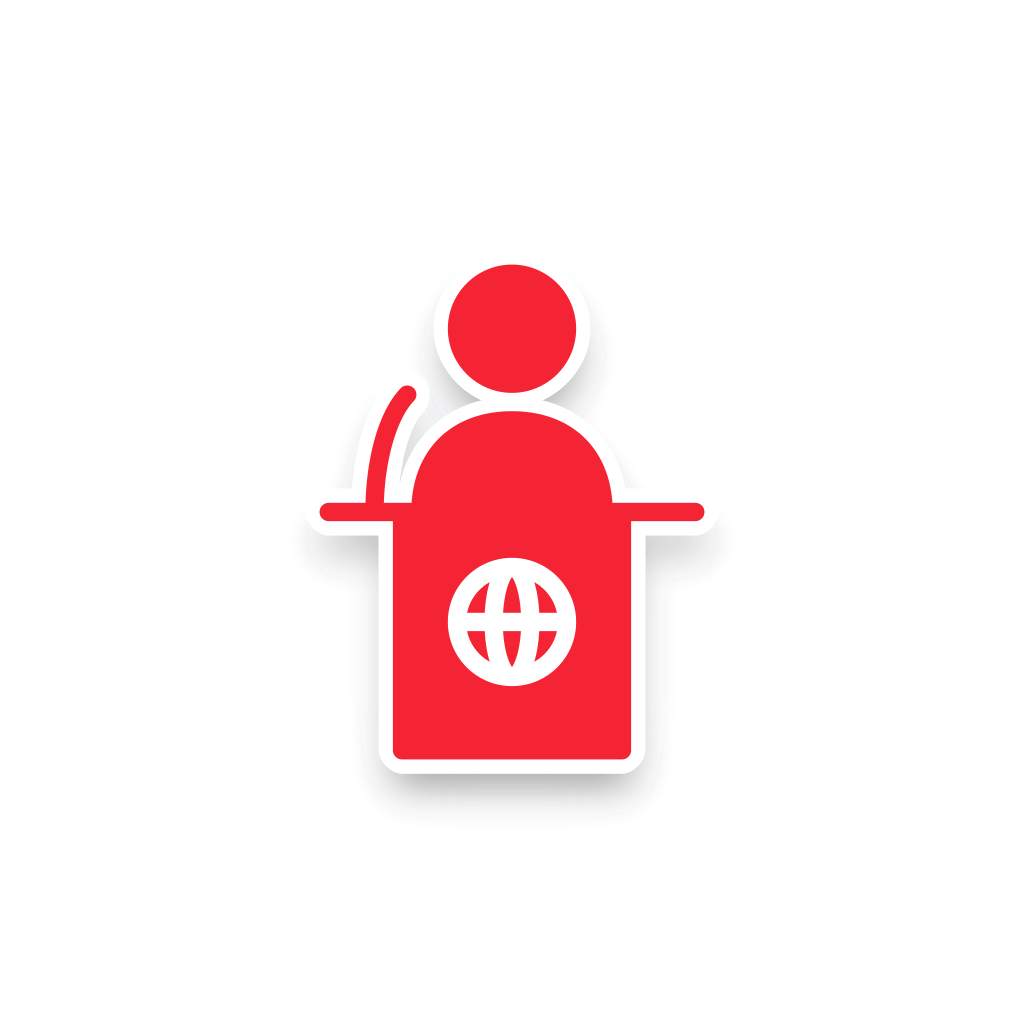Assessing a Journal Publisher
Assessing whether a publisher is “good” or “bad” is not always a clear-cut matter. Each researcher has different motivations and needs for publishing their work – you may be looking for detailed editing, or quick publication of important results, or access to a particular audience.
In exchange for your (often free) academic labour, publishers are providing you with a service. Before signing an agreement, you should consider the services you are looking for in return.
1) What are Low Quality/"Predatory"/ Scam Publishers?
- Scholarship
- Readership/Community
- Support/ Services
- Integrity/ Transparency
What are “Predatory” Publishers and why does it matter?
There have always been unscrupulous publishers who do not follow acceptable standards of scholarly publishing, and provide little-to-no peer review or editorial service. With the explosion of online publishing and increasing use of pre-publication Article Processing Charges (APCs) levied against authors, "predatory" has become a common term to identify low quality combined with high charges. These low-quality publishers are becoming more sophisticated, often targeting less-established researchers.
Attempts to identify what makes a publisher "predatory" are difficult, as many of their practices may be shared by traditional publishers, such as offering different tiers of service depending on what you pay (for example, accelerated peer-review). Additionally, many of the markers of quality and prestigious research can be conflated with deeply held biases against the Global South or non-English scholarship. For more on the many important factors in publishing distinctions, see Problematizing ‘predatory publishing’: A systematic review of factors shaping publishing motives, decisions, and experiences.
"Predatory", deceptive, questionable, scam, or fraudulent publishers exploit a scholarly publishing system that increasingly focuses on pay-to-publish models. Some journals choose similar names to established journals, or hijack the name altogether. They may claim to have higher academic standards than they do. They may also list people on their editorial board who are not actually affiliated with the publication, outline a peer-review process that does not exist, or claim to be indexed in databases in which they do not actually appear.
Dangers of fraudulent practices
Publishing with a fraudulent publisher can result in:
- reputational impact from being indelibly associated with a disreputable journal
- publication of errors that could have been caught during peer-review or copyediting
- impact on an author’s ability to disseminate and publish their work legitimately
- legal or other threats to extract additional money from authors (often to remove an article).
Publisher Considerations
Selecting a journal in which to publish involves many assessments. Although “prestige” (or journal impact factor) is often used as a proxy for assessing quality, it also replicates many biases in scholarship and increasingly is 'gamed' by practices such as encouraging citations of related journals. We have tried to prepare this guide without a simplistic or reductive approach that prioritizes prestige, while still recognizing that there is value in the reputation and community of authors and readers around particular journals.
Most importantly, we encourage authors to consider what they are looking for when finding a publication venue - whether it is rigorous peer review, a continuous publication cycle, work alongside peers, editors that come from the communities you wish to reach, free Open Access publication, or any other factors - rather than responding to solicitations for articles. Unless these come from a person or journal you are personally familiar with, such email solicitations are rarely great opportunities.
Factors you may consider include:
Scholarship

- Is the peer-review process described clearly? Do the peer-review practices seem designed to increase acceptance rather than screen for quality, and often with short turnaround (red flag)? Are there charges for quick acceptance and other ways to circumvent the review process (red flag)?
- What is the retraction/ misconduct policy? You may search the journal name on Retraction Watch to get a sense of how the Journal deals with retractions.
- Does the journal discuss acceptance rates? Does it seem impossibly high, or impossibly low? Is acceptance guaranteed (red flag)?
- Is the journal part of a scholarly society, or does it follow a publishing code of ethics?
Readership/ Community

- Does the journal have a clear aim and scope? Do the published articles seem to match it? Does the Journal publish many articles on many different subjects (red flag)?
- Does the journal have an identifiable Editorial Board? Do its members make sense as a “fit” with the aim/ scope? Do the Editors list their Editorialship on their own pages? Deceptive journals sometimes list people as Editors without their knowledge - you can always email the individual to check if it isn't readily apparent.
- Does the journal aim its main website to authors or to readers? Some journals are aimed entirely at authors, which may be a sign they are more interested in getting money from authors, rather than serving a community of readers.
- Look for an ISSN (a unique identifier for journals). Note that many society journals, journals from the Global South, or new journals may not have an ISSN.
- Does the journal make sure its articles will be discoverable by people in your field? Is it indexed (does it show up in places like SCOPUS, Web of Science, or DOAJ)? Is it available in academic libraries? Is it available to your university community? You can search the Journal name in the UWinnipeg Library search to see if readers at our institution would have access. Verify a journal's claims to be indexed by a reputable database (e.g. ones from EBSCO, ProQuest, Thompson Reuters, etc.) by checking the database.
Support/ Services

- Do articles appear to be consistent in style and copyedited?
- Does the publisher have a large fleet of journals that contain very little content? Be particularly wary if archived lists of back issues are not accessible (e.g. due to repeated website crashes and redirects).
- Does the journal make provision for long-term preservation of its archive?
- Check that the publisher provides full, verifiable contact information on the journal site. Be cautious of publishers that only provide web contact forms.
Integrity/ Transparency

- Check to see that the journal displays its author fee policy on its website. Informing you of fees only after your manuscript has been accepted is a sign of a predatory publisher. Similarly, charging fees before acceptance is also a red flag.
- Is the ownership of the journal clear, and could it pose any conflicts of interest?
- Does any information from an email solicitation match what you find? Aggressive, flattering, unsolicited invitations to submit work are a red flag.
- Deceptive journals may mimic the title or appearance of established journals. Make sure you have the right one!
Evaluation Tips and Tools
If you are invited to submit to journals or to become an editorial board member, critically evaluate the publisher's legitimacy. Use common sense: if something appears suspicious, proceed with caution.
You can contact John Dobson, Scholarly Communications Specialist, or Brianne Selman, Scholarly Communications and Copyright Librarian for advice.
You can also try the following steps:
Ask Around
- Go beyond the journal’s site itself – check for online or social media information about the journal and people’s experiences with it, or talk to trusted colleagues in your field.
- Wikipedia generally has clear information about publishers.
- Look at the members of the editorial board in terms of their affiliations, and contact one.
- Contact an author you know who has published in the journal to get their feedback.
- Verify claims of membership in industry associations like the Open Access Scholarly Publishers Association and the Committee on Publication Ethics.
- Check if the Journal is listed frequently as not responding appropriately to retractions in Retraction Watch.
White Lists
Verify that the journal meets certain levels of acceptable standards, and/ or is indexed in scholarly resources. Please be aware that very new or very niche journals - regardless of their quality - may not yet appear in search results.
Look for the journal in various indexing sites, including:
- Directory of Open Access Journals (DOAJ): https://doaj.org/
- Scopus: https://journalmetrics.scopus.com/
- UWinnipeg Journal List: https://uwinnipeg.on.worldcat.org/atoztitles#journal
- Ulrich'sWeb: http://libguides.uwinnipeg.ca/az.php?a=u
- Norwegian Register: https://kanalregister.hkdir.no/en
- Journal Guide: https://www.journalguide.com/
Related Pages
How to comply with the Tri-Agency Open Access Policy on Publications
